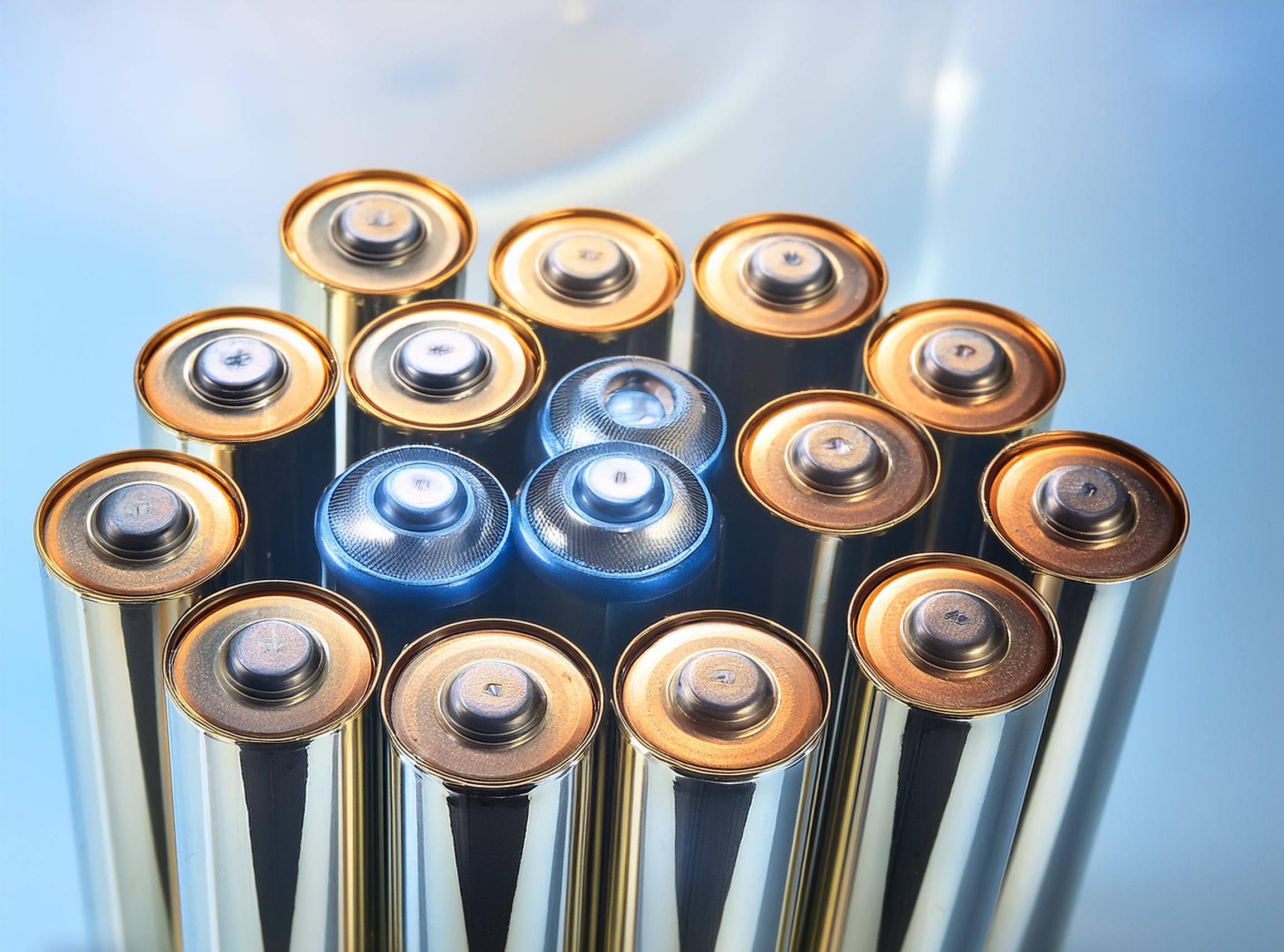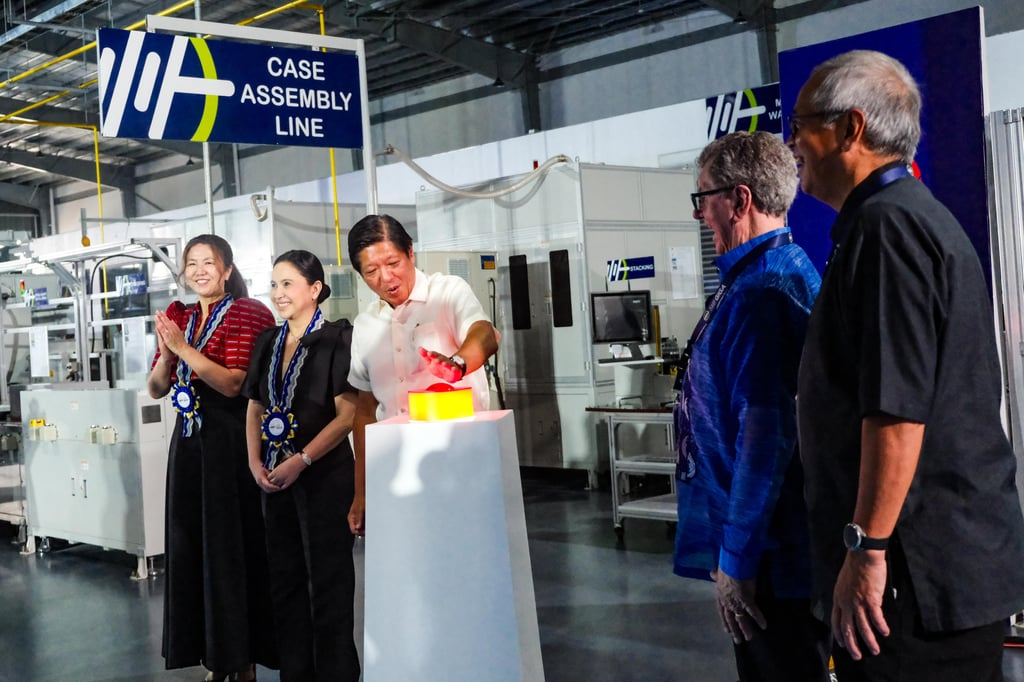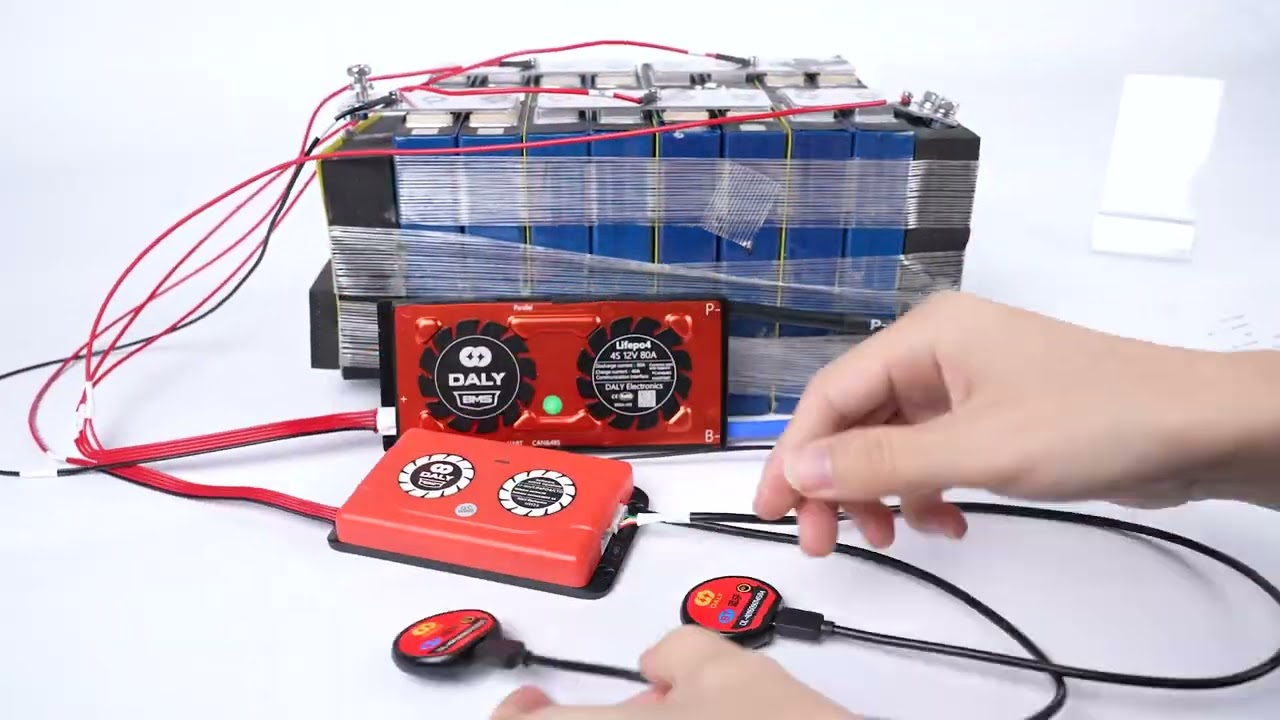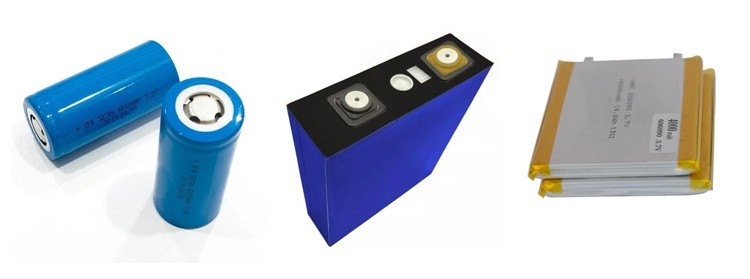Sodium-Ion Cells: The Future of Energy Storage
In recent years, the demand for energy storage solutions has surged due to the growing emphasis on renewable energy, electric vehicles (EVs), and portable electronics. While lithium-ion batteries have dominated the market, concerns about the availability and sustainability of lithium have prompted researchers to explore alternative battery technologies. One such promising alternative is the sodium-ion battery. With the potential to overcome the limitations of lithium-ion batteries, sodium-ion cells offer an environmentally friendly and cost-effective solution for future energy storage needs.
1. Understanding Sodium-Ion Batteries
Sodium-ion batteries work on a principle similar to that of lithium-ion batteries. Both involve the movement of ions between the anode and cathode during charge and discharge cycles. However, instead of lithium ions, sodium ions are used in sodium-ion cells. Sodium (Na) is an abundant and widely available element, found in common salt (NaCl) and across various minerals. This abundance makes sodium-ion batteries a potentially cheaper and more sustainable option compared to lithium-ion batteries.
Like their lithium counterparts, sodium-ion batteries consist of several key components:
- Anode: The negatively charged electrode where sodium ions are stored during charging.
- Cathode: The positively charged electrode that stores ions when the battery is discharged.
- Electrolyte: A medium through which sodium ions travel between the anode and cathode.
- Separator: A porous membrane that prevents the anode and cathode from making direct contact while allowing ion flow.
2. Advantages of Sodium-Ion Cells
While still in the early stages of development, sodium-ion batteries offer several advantages that make them an attractive alternative to lithium-ion technology:
1. Abundance and Cost: One of the most significant advantages of sodium-ion cells is the abundance of sodium. Unlike lithium, which is concentrated in specific regions and subject to supply chain constraints, sodium is widely available across the globe. This could result in lower material costs, making sodium-ion batteries more affordable in large-scale applications like grid energy storage.
2. Sustainability: Sodium is also a more environmentally sustainable option compared to lithium. The mining and extraction of lithium have raised concerns due to their environmental impact, including water scarcity and habitat destruction. Sodium, being abundant and less energy-intensive to extract, could reduce the environmental footprint of battery production.
3. Stability and Safety: Sodium-ion batteries tend to be more thermally stable than lithium-ion batteries, reducing the risk of overheating, fire, or explosion. This makes them a safer choice, particularly for applications in electric vehicles or large energy storage systems where safety is paramount.
4. Performance in Cold Environments: Sodium-ion batteries have shown promising performance in low-temperature environments, where lithium-ion batteries often struggle. This could make them particularly useful in cold climates or space applications.
3. Challenges and Limitations
Despite their potential, sodium-ion batteries also face several challenges that need to be addressed before they can become commercially viable:
1. Lower Energy Density: One of the main drawbacks of sodium-ion batteries is their lower energy density compared to lithium-ion batteries. Sodium ions are larger and heavier than lithium ions, which means that sodium-ion batteries can store less energy per unit of weight or volume. This makes them less suitable for applications that require high energy density, such as electric vehicles or portable electronics.
2. Cycle Life: Another limitation is the shorter cycle life of sodium-ion batteries. While lithium-ion batteries can last thousands of charge-discharge cycles, sodium-ion batteries tend to degrade more quickly, reducing their lifespan. Researchers are actively working on improving the durability and longevity of sodium-ion cells.
3. Limited Commercialization: Sodium-ion battery technology is still in the research and development phase, and large-scale commercialization remains limited. As a result, manufacturing processes, supply chains, and economies of scale are not as well-established as they are for lithium-ion batteries. This has slowed down their adoption, although progress is being made in this area.
4. Applications of Sodium-Ion Batteries
While sodium-ion batteries may not completely replace lithium-ion batteries in all applications, they hold significant promise in several key areas:
1. Grid Energy Storage: Due to their lower cost and higher safety, sodium-ion batteries are well-suited for stationary energy storage systems, such as those used in renewable energy grids. These batteries can store excess energy generated by solar or wind power and release it when demand is high, helping to balance the grid and ensure a stable power supply.
2. Electric Vehicles (EVs): Although sodium-ion batteries currently have lower energy density, ongoing advancements could make them a viable option for electric vehicles in the future. If energy density can be improved, sodium-ion cells could provide a more affordable alternative to lithium-ion batteries, especially for entry-level EVs or those designed for shorter-range travel.
3. Consumer Electronics: Sodium-ion batteries could potentially be used in low-energy devices such as remote controls, small gadgets, or home electronics. While their lower energy density may limit their use in smartphones or laptops, they could still play a role in consumer electronics with lower power demands.
5. The Future of Sodium-Ion Batteries
The future of sodium-ion batteries looks promising, especially as the world moves toward greater reliance on renewable energy and sustainable technologies. Researchers are working on overcoming the current challenges, such as improving energy density and cycle life. Breakthroughs in materials science, such as the development of more efficient anodes and cathodes, could significantly enhance the performance of sodium-ion batteries and make them competitive with lithium-ion technology.
Several companies and research institutions are already investing in sodium-ion battery development. For example, Faradion, a UK-based company, has made significant progress in sodium-ion battery technology and aims to bring it to commercial markets. As research and development continue to advance, we can expect to see sodium-ion batteries playing a larger role in the energy storage landscape.
Conclusion
Sodium-ion batteries represent a promising alternative to lithium-ion technology, offering benefits in terms of cost, sustainability, and safety. While they still face challenges related to energy density and commercialization, ongoing research and technological advancements may soon position them as a viable option for large-scale energy storage, electric vehicles, and other applications. As the world seeks more sustainable energy solutions, sodium-ion cells could play a crucial role in shaping the future of energy storage.






